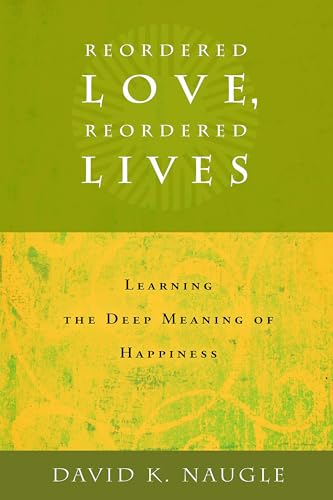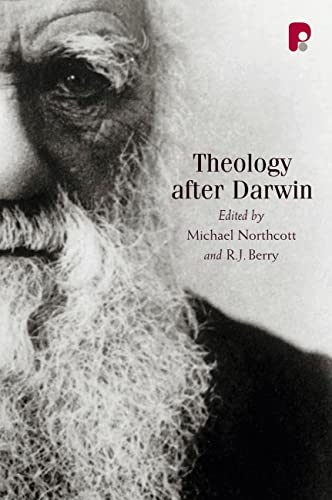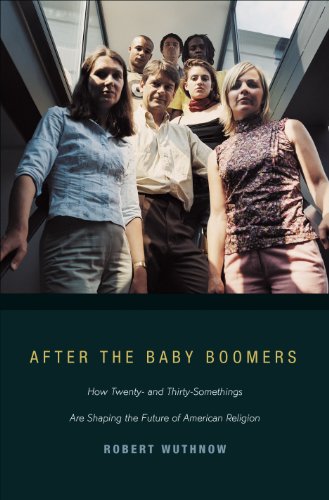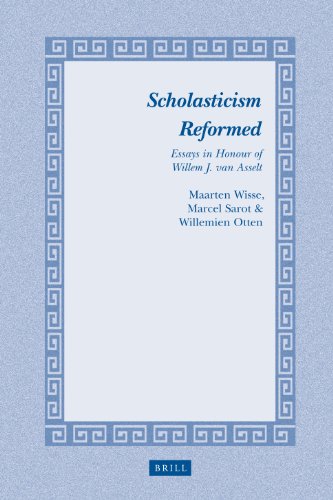Holman QuickSource Guide to the Dead Sea Scrolls
Written by Craig A. Evans Reviewed By Daniel M. GurtnerThe purpose of this book is to help readers understand what the Dead Sea Scrolls (DSS) really are and how they shed light on Jesus and the Jewish people 2,000 years ago (p. 19). Mission accomplished—and more! Divided into ten parts, the book begins with a riveting narrative account of a serene figure insightfully scanning the horizon to anticipate the arrival of the Romans to Jerusalem. In light of the impending destruction, Eleazar has the sacred Scrolls gathered and hidden in the Judean wilderness. This sets the context for an introduction to the discovery and importance of the Scrolls, outlining some basic facts such as their hiding, their discoveries, the importance of the Scrolls, and the region in which they were found (Part I).
Part II discusses issues such as the science of dating, restoring, and preserving the Scrolls. Part III outlines their historical context. Here Evans begins with a historical survey of events between the Testaments, the various historical groups in first century Palestine, and historical figures mentioned explicitly and implicitly in the text. Part IV moves readers from the discovery in the caves to the publication of the scrolls. Craig’s discussion of the Essenes (Part V) surveys Philo, Josephus, and other writers before looking at the archaeological evidence from Qumran. Part VI discusses the faith and practices of the Essenes as related in the DSS. It covers issues such as how the Essenes interpreted Scripture, worshiped God, related to the Jerusalem establishment, and viewed the end times. Part VII addresses the DSS and the OT, discussing the Bible’s preservation, canon, and the DSS depiction of popular biblical figures. John the Baptist and Messianism with respect to the Scrolls are the subjects of Part VIII, and Part IX discusses the Scrolls and the remainder of the NT, including Paul, Hebrews, and Revelation. Evans addresses “works of the Law” in Paul, Melchizedek and “sacrifice of praise” in Hebrews, and the “new Jerusalem” in Revelation. Part X is a series of questions and answers, largely summarizing main points of the book, followed by an appendix of major scroll publications and a second appendix with a brief bibliography of the major scholars in the study of the DSS.
Though rather lengthy for a “QuickSource Guide,” this book is about more than the DSS; it is a window into the first-century Jewish setting of the NT. Frequently Evans takes readers from biblical texts to particularly illuminating Scrolls to discuss if and how the Scrolls help one interpret the NT. Chapters often refer readers to further sources for study in endnotes, many of which cite chapters in the Encyclopedia of the Dead Sea Scrolls. Readers will find Evans’ profiles of biblical figures presented in the Scrolls a particular delight. The discussion in Messianism and the teachings of Jesus with respect to the Scrolls will open many doors of understanding to the inquisitive reader. The volume is replete with timelines, vivid photos, and charts. Who better to introduce the lay Christian reader to the Scrolls than Evans? This work is enjoyable to read, clear, informed, and conversational. These qualities, along with its affordable price, make it the ideal entry point on the subject for the general reader. It will invite the reader into the world of the Scrolls, hold their attention, and leave them wanting more.
Daniel M. Gurtner
Daniel M. Gurtner completed his PhD at the University of St. Andrews and has written extensively on the Gospel of Matthew and Second Temple Judaism. He is the author of The Torn Veil: Matthew’s Exposition of the Death of Jesus and co-editor of the award-winning T&T Clark Encyclopedia of Second Temple Judaism.
Other Articles in this Issue
Most of us, I suspect, develop fairly standard ways, one might even say repetitive ways, to appeal to the motivations of our hearers when we preach the gospel...
How to Write—and How Not to Write—A Review: An Appreciative Response to Reviews of Ancient Near Eastern Themes in Biblical Theology by Dempster and Edgar
by Jeffrey J. NiehausI want to thank Themelios for the unusual opportunity to interact with two reviewers of my book Ancient Near Eastern Themes in Biblical Theology...
Parallels, Real or Imagined? A Review Article of Jeffrey J. Niehaus, Ancient Near Eastern Themes in Biblical Theology
by William EdgarWhen I came to Westminster Theological Seminary in Philadelphia as a young student in the 1960s, two things struck me...
Why Evangelicals Should Ignore Brian McLaren: How the New Testament Requires Evangelicals to Render a Judgment on the Moral Status of Homosexuality
by Denny BurkIn 2006 on Christianity Today’s leadership blog, Pastor Brian McLaren urged evangelical leaders to find a “Pastoral Response” to their parishioners on the issue of homosexuality...
A Member of the Family or a Stranger? A Review Article of Jeffrey J. Niehaus, Ancient Near Eastern
by Stephen DempsterWe cannot overstate how important knowing the context is for understanding the significance of any communication, whether that is a simple word, sentence, paragraph, larger text, sign, photograph, or cultural cue...







